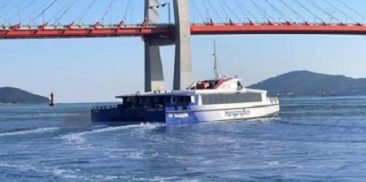今日视频
-
5.Gyeonggyojang, The Last Office of the Korean Provisional Government
-
今日视频 Registration dateWriterSMG 观看次数4,763Gyeonggyojang was restored to its original state in March 2013 after three years’ work. The Korean Provisional Government used Gyeonggyojang as its office after the national leaders returned home from China in November 1945. Kim Koo, a national leader, was assassinated in his office in the building in June 1949. Originally, a Japanese construction firm built the two-story house as a private house of Choi Chang-hak, a pro-Japanese Korean billionaire during the colonial period. At first, Gyeonggyojang was named Jukcheomjang, a Japanese-style name. The national leaders also ate and slept in the building. The provisional government held a total of eight State Council meetings in Gyeonggyojang. The national leaders discussed how to carry out the movement against the UN’s plan for trusteeship in Gyeonggyojang. The place is a historic site in such regard.
Like It
277 人喜欢此页。






